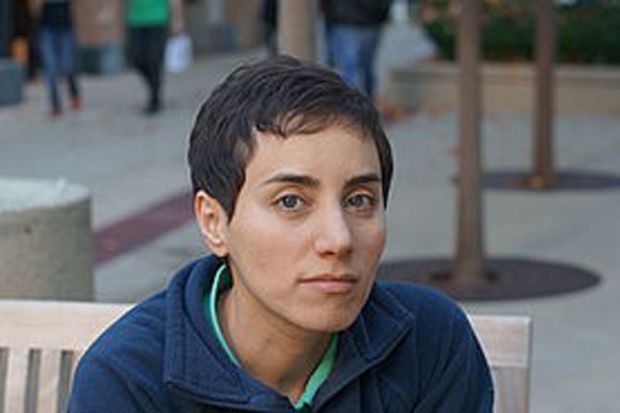Professor Mirzakhani, a professor of mathematics at Stanford University, becomes the first woman to win since the award was established in 1936.
The Iranian-born mathematician, who completed her PhD at Harvard in 2004, was recognised for her “outstanding contributions to the dynamics and geometry of Riemann surfaces and their moduli spaces”. Her insights have integrated methods from diverse fields, such as algebraic geometry, topology and probability theory.
Officially known as the International Medal for Outstanding Discoveries in Mathematics, the Fields Medal is awarded by the International Mathematical Union once every four years to exceptional talents under the age of 40.
Three other researchers have won what is often viewed as a Nobel Prize for mathematics, the highest honour a mathematician can achieve.
Artur Avila, a Brazilian-French researcher at the Institute of Mathematics of Jussieu in Paris, won in recognition of his contributions to dynamical systems theory, which have changed the face of the field.
The Austrian Martin Hairer, Regius professor of mathematics at the University of Warwick, has made a major breakthrough in the study of stochastic partial differential equations by creating a new theory of regularity structures for such equations.
Manjul Bhargava, a Canadian-American professor of mathematics at Princeton University, has developed powerful new methods in the geometry of numbers, which he applied to count rings of small rank and to bound the average rank of elliptic curves.
The prize, worth C$15,000 (£8,000), recognises and rewards young mathematicians who have made major contributions to the field of mathematics and who hold promise for future achievements.



